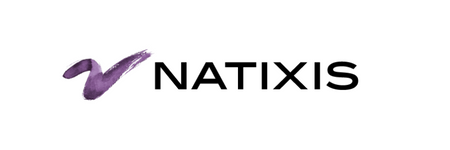Read time : 4 mins
Level : Intermediate

By Ananyaa Bhowmik | Wealth of Geeks undefined
A study conducted by Lending Tree late last year found 44% of Americans have a side hustle. As the cost of living surges, many Americans resort to busting into the gig economy to feed their lifestyles. This may make bosses across industries more than a little worried.
The study shows a whopping 13% rise in Americans with a side hustle since 2020. Gen Zs make up a considerable portion of these growing numbers, with 62% saying that they have a side hustle.
But the expert consensus is that a little side action, employment-wise, actually may improve employees’ performance at their primary jobs.
What Is a Side Hustle?
Side hustles are secondary gigs people have that allow them to earn additional money, while also offering them the chance to turn what they love into something that generates income. Side hustles tend to be more flexible, letting you take risks and pursue niches you wouldn’t otherwise try.
Basically, while hustling on the side may generate a decent amount of money, many aren’t really about how much you earn. They keep things interesting. If you work a boring desk job all day, side hustles let you explore, create, and let your imagination run wild in your free hours.
People may take up an extra gig or start their own small business on the side for various reasons. It may help pay the bills and fund lifestyles, help them take dream vacations and fund big purchases, and even serve as a creative outlet.
One of the main reasons behind the rise in people pursuing side hustles is that there is a reasonable number of opportunities. There are multiple apps and platforms where you can make money selling your crafts, teaching people languages or culinary skills, etc. There are so many opportunities to pursue a side job that it simply doesn’t make sense not to pursue one.
While that’s all well and good, many employers worry about the ramifications of their employees having a side hustle. What if employees cannot give their full attention and perform well at their primary jobs because they are tired from, or too busy running their side business?
It turns out that there is less reason to worry and possibly something to celebrate. Having alternate methods of income and running small businesses on the side may not actually be detrimental to their primary job performance.
Side Hustles Boost Morale, Improve Performance
As Hudson Sessions, a researcher who studies side hustles and employee performance, reveals in a recent podcast, the opposite is actually true.
While many employers tend to be possessive of their employees’ time and attention, the latter having a side gig doesn’t take away from their performance at their primary jobs. In fact, having a side hustle helps employees feel empowered and grounded — feelings they carry over to their primary jobs, drastically improving their performances.
The enrichment people gain while pursuing different gigs improves their performance at work. Hustling on the side also build skills and experiences employees can use at their primary jobs. It can make them more creative with solutions and help develop managerial skills. Employees feel better, are more empowered, and more likely to be proactive at work.
“They can have these positive, enriching experiences that carry forward into their full-time work. And so the upside that we looked at is empowerment that people can experience on a daily basis.” Sessions adds.
Side Gigs Teach Soft Skills
A side hustle builds individuality while teaching employees how to work autonomously. Employers often prioritize workers with a “can do” attitude. Running a side business, where you are your manager, accountant, etc., teaches you invaluable skills you can utilize at your day job.
Entrepreneurial efforts help employees feel confident and optimistic, as they deal with problems and figure out solutions without outside intervention. This, in turn, improves their performance while also reducing operational costs. In the end, they emerge as better, more well-rounded full-time employees.
The key word here is balance. Having side gigs while balancing a full-time job is easier said than done. That said, the perception regarding side hustles is shifting as more and more people attempt them.
Employers may take a while to stop viewing candidates with side businesses as red flags. But, considering the turbulent state of the economy, it is not a trend that will fade easily. Companies will soon need to start to accept this about their employees, whether they believe in the benefits or not.
This article was produced and syndicated by Wealth of Geeks.
